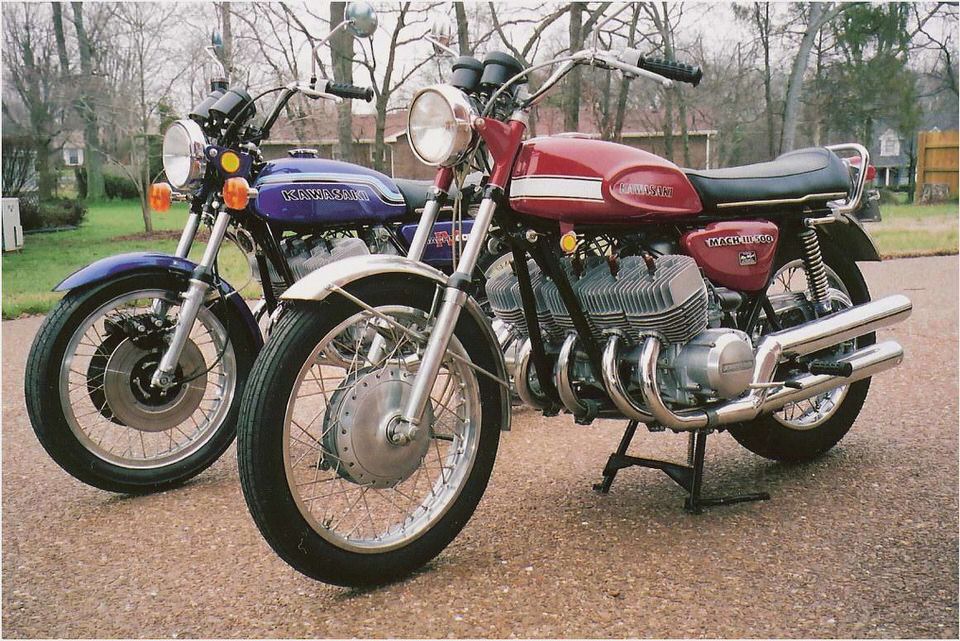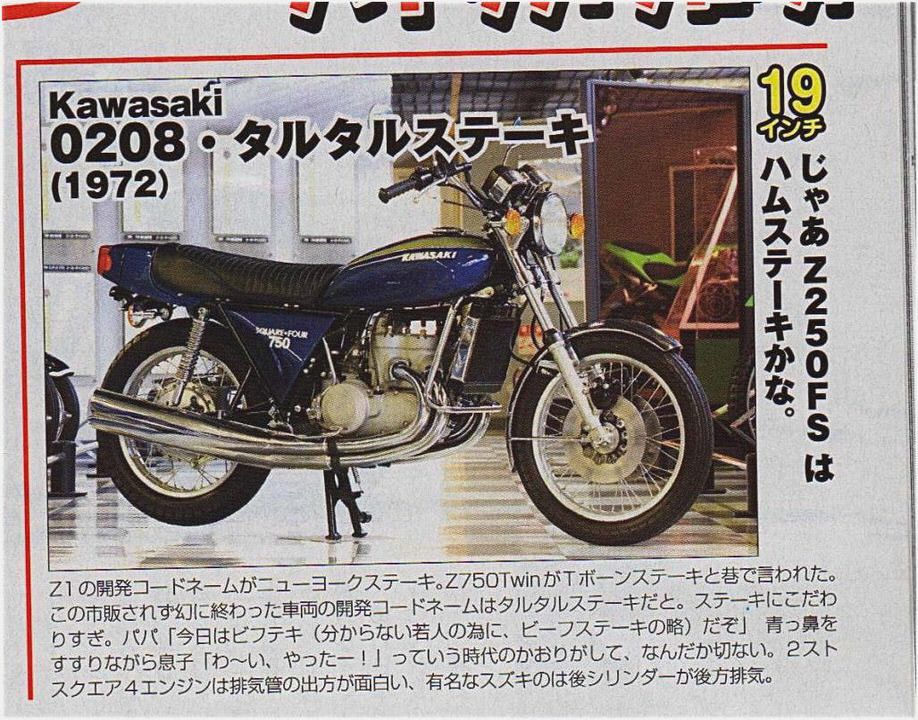
The Ariel company started life making bicycles and in 1870, founder James Starley and William Hillman invented the wire-spoke wheel which allowed them to build a lighter weight bicycle naming it Ariel-the spirit of the air. In 1896 the company began making motorized four-wheeled vehicles followed by a motorized three-wheeled bicycle.
In 1902 Components Ltd. owned by Charles Sangster bought the company and began producing motorcycles but their progression over the next two decades was sluggish. During the 20’s, Charles’ son Jack Sangster hired some of the best designer/engineers in Britain and the marque was beginning to show promise. To little to late perhaps?
Ariel’s parent company went bankrupt in 1932 when Jack Sangster bought the rights to the Ariel name and much of the tooling at a reduced cost and started a new company called Ariel Motors (J.S.) Ltd. After the Second World War, Ariel voluntarily allowed itself to be absorbed by the BSA empire.
One of Ariel’s most notable engines was the Square Four, the first prototype emerging in 1930. As the name suggests, the cylinders were configured with two cylinders directly behind the front two cylinders. Starting as a 500cc engine, then increased to 600cc and finally the 1000cc configuration.
The ‘Squariel’ was plagued with heat problems as one might imagine having two cylinders directly behind the front pair. Despite the heat issues it remained in production until 1958
It is an oft-told part of motor cycling folklore that London-born Edward Turner sketched out his idea for an entirely new type of four-cylinder engine (with the cylinders arranged two by two in a square) on the inside of a cigarette packet, took a train to the Midlands and hawked the scheme all around the British motor cycle industry.
The people at AJS were tempted, but turned it down after second thought. Yet there was a good fairy waiting in the wings after all, in the form of Jack Sangster, chief of the Ariel factory. He gave Edward Turner his chance, and the outcome was a machine that took the 1930 London Olympic Show by storm. The same exhibition saw the coming of a rival four-cylinder machine, a narrow-angle mono-bloc design from London’s Matchless factory, known as the Silver Hawk.
Good as the Silver Hawk may have been, however, it was destined to live in the shadow of the Ariel Square Four and, after a few years, it had faded from the scene.
Turner’s new Square Four engine was, in effect, a pair of vertical twins (although with all four cylinders in a single casting) with their crankshafts coupled by central spur gears. Three of the crank throws were overhung, or single-sided, the fourth was a full crank, with an output shaft which provided the primary drive to the gearbox.
Originally Turner had planned a unit-construction engine, light enough to be fitted into the standard Ariel 250cc frame and with a horizontally split crankcase assembly. For policy reasons (the Ariel works had a contract with Burman, the gearbox manufacturer) a separate engine and gearbox were used for the production versions.
The first Square Four was a 500cc model with a single, chain-driven overhead camshaft, but before long the capacity had been raised to 600cc, the smaller model being dropped after a couple of years in production.
Inevitably, the new machine attracted the attention .of those who wanted to make it go a whole lot quicker than the makers had intended, and these included Cambridge University clubman Howard Somerville Sikes, and Brooklands speed specialist Ben Bickell. Both had the idea of building supercharged 500cc Square Fours, but each for different reasons. Sikes wanted his for the 1931 Senior TT, while Bickell had the aim of covering one hundred miles in an hour.
Unhappily, both men were thwarted —for the less, in the course of an endurance test for which the Ariel company gained the coveted Maude’s Trophy, a 500cc Square Four did succeed, under ACU observation, in packing 700 miles into 700 minutes.
In the late 1930s the Square Four underwent a complete redesign to emerge as a 997cc pushrod-overhead-valve model for which the claim of ‘ten to a hundred in top gear’ was made. Indeed, it was the sheer effortlessness of the Ariel’s power delivery that was its greatest charm. As time passed, however, so the initial concept of a relatively light-

weight four seemed to have become obscured, each refinement (such as the compensated-link rear suspension system) adding just a little more weight.
Finally, it was decided to put the model on a slimming course, resulting in the two-pipe and—later— four-pipe all-light-alloy fours of the post-war years. Yes, post-war, because the Ariel Square Four did not die until 1958, and in the eyes of many enthusiasts the last models were the best that were ever produced.
Specification
(1949 model)
engine frame
Air-cooled, four-stroke, Single down-tube
four-cylinder. suspension
65 mm (256in) bore X 78 mm Front – Telescopic fork
(307in) stroke = 997cc Rear – Plunger-link sprung
- K Z 1000 Kawasaki For Sale
- Modified Kmx 125
- Kawasaki ZZR 1400 How To Save Money And Do It Yourself!
- 2004 Kawasaki Z1000 – Motorcycle USA
- 2009 Kawasaki Ninja ZX-10R – Used 2009 Ninja ZX10R at Motorcyclist Magazine

